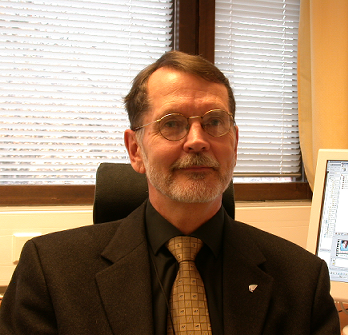Periodic Time and the Stationary Properties of Matter
Year: 1990 Pages: 21
Keywords: Periodic Time, Matter
The continuous (3+1)-dimensional space-time has proven extremely useful in physical theories describing the dynamic behaviour of matter. If one wants to study the stationary properties of matter in this kind of a space-time, one has to drop off the continuous time by letting the time derivatives equal zero. The spatial boundary conditions then quantise the system. The concept of a periodic time, the oldest view of time, has been seldom applied to physical theories. In this article an attempt is made to relate periodic time to stationary properties of matter, for example to the eletron rest energy and charge, the structure of the solar system and others. The fundamental period of time used in this model is the Planck period. Period doubling, found in chaotic systems, is used to lengthen the extremely short Planck period. In addition, it is found that an agreement between the calculated values and the measured ones is obtained only by assuming the periodic space-time to be symmetric, that is (3+3)- dimensional.


